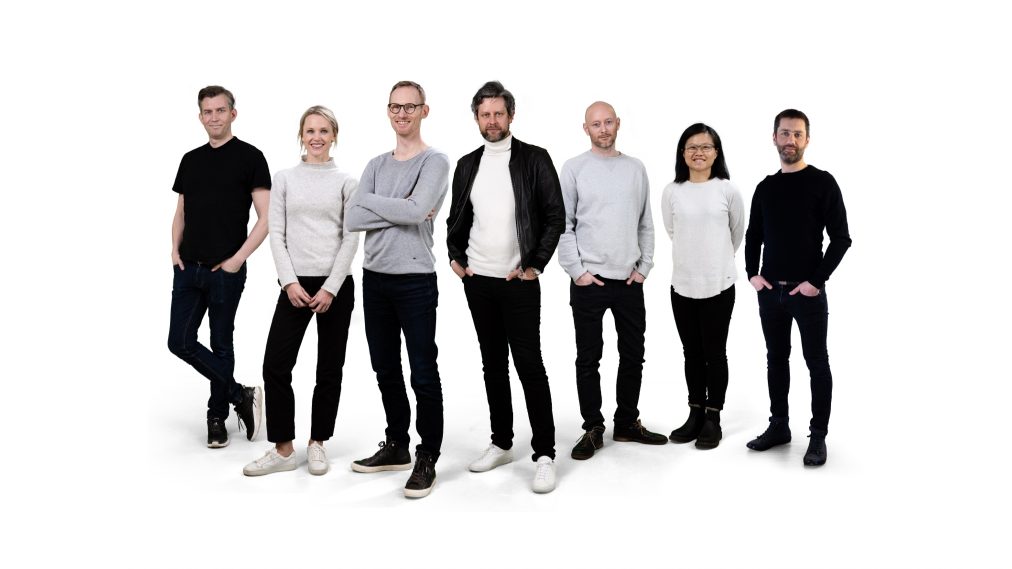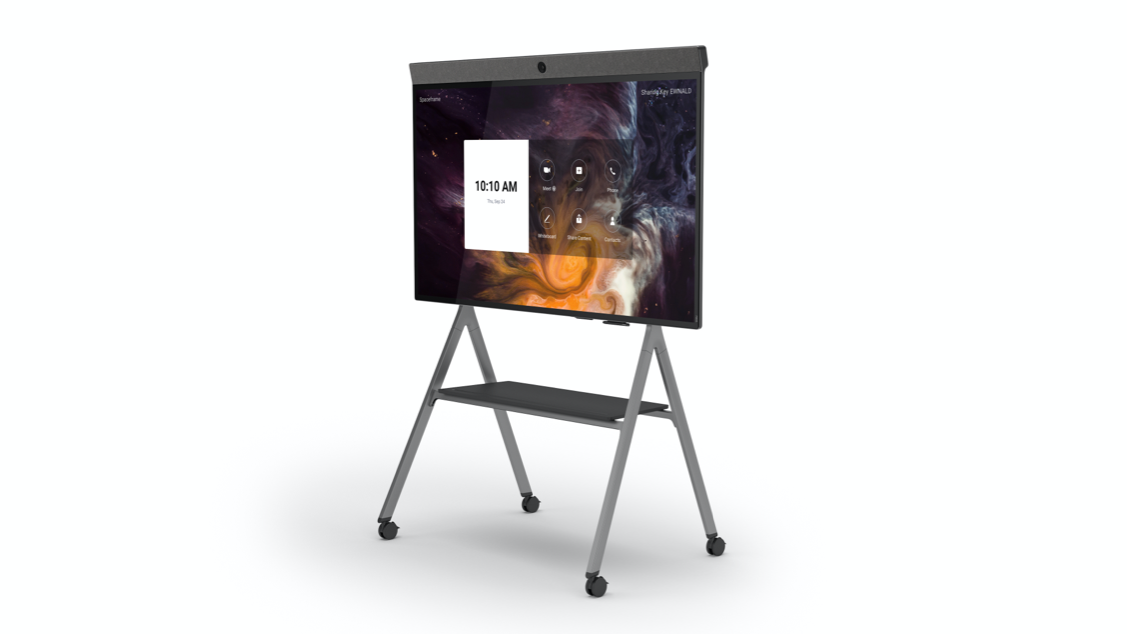Design as a Way of Working
Simon Anthony Walker, Jul 8, 2021

Our design team, the powerhouse behind Neat’s design-driven culture.
A design-driven culture enables Neat to design everything with purpose across our entire operation and beyond.
Ask any designer what design means to them, and doubtless, you’ll receive various answers. However, most agree that design shouldn’t be constrained to just the confines of a company’s design department. Instead, design is everywhere and should inspire businesses to entice all employees to think and act like designers. That’s if you genuinely seek innovation, want to solve consumer challenges and fulfil people’s needs simply and efficiently throughout the whole customer journey.
Paramount is building a design-driven culture where employees can thrive doing what they do best by solving problems collaboratively. If encouraged and nurtured, fostering a design culture can lead to a healthier transformation of your business. According to a study by Forrester Research Consulting, most companies performing on a design-based ethos achieved tangible business benefits, making them stronger both inside and out. In a design-led company, design permeates all business touchpoints and more from the shop floor to the CEO. It’s embedded in every department, creating an ambition among employees to always want to do better.
Design is about asking WHY
Design culture at its core involves people becoming more inspired at work, and in turn, inspiring their colleagues and customers via such attributes as freedom of speech, trust, respect, inclusion, flexibility, engagement and empowerment. But most importantly, it encompasses purpose. In his New York Times best-selling book, Start With Why, author and inspirational speaker Simon Sinek writes, “Great companies don’t hire skilled people and motivate them. Instead, they hire already motivated people and inspire them.” Simon starts with two fundamental questions. “Why are some people and organizations more innovative, influential and profitable than others? Why do some command greater loyalty from customers and employees alike?”
Inspirational leaders like Martin Luther King Jr., Steve Jobs, and the Wright Brothers had little in common, but they all started with WHY. They realized that people won’t truly buy into a product, service, movement or idea until they understand the WHY behind it. And it’s this principle, this designing with purpose methodology, that continuously fuels Neat to meet as many of our customers’ expectations and needs as possible while at the same time realizing our own. Equally, we’re always aiming to be ahead of the curve to provide video technology that people didn’t know they needed or would love until they started deploying our devices. Why do people need a specific type of video system? Why do they need it to just work? Why do they need to get it as quickly and efficiently as they can and just as easily start using it? These, plus countless other questions, are what we pour all our energy into finding the optimal solutions for every day. Considering the global pandemic and the new normal of rapidly evolving hybrid work environments, designing with purpose to cater for people’s ever-changing situations has never been more prevalent than now at Neat.

Design at the heart of everything
Being a fully design-driven young startup empowers us to place design at the heart of everything we do. It includes how we visualize, design and develop our products and how simple it is to install and set them up to how anybody can get them shipped globally within days. Of equal importance is how we relate to and communicate with our audience, the design of our website, blogs, newsletters, product and features materials, look and feel of our videos, even how people experience unboxing our devices. Each element has been rigorously thought through with considerable care and attention as we repeatedly iterate to improve every facet of Neat as we evolve.
Having a design-driven culture also often prompts team members to design something to help each other. A piece of equipment, for example, that ends up being beneficial all-round. Here’s a cool little story to illustrate what I mean. Vidar Borthne-Tygsland is an industrial designer at Neat who films many of our videos. Andrzej Kryszpiniuk is our visual designer. During a recent design sync, Vidar mentioned to Andrzej how challenging it was for him to move the camera smoothly. There are two relevant categories of camera dollies to choose from, semi-pro, which are surprisingly expensive and not very good, and pro, which are ridiculously costly. So, without any prompting from Vidar, Andrzej decided to design a dolly to make Vidar’s job a whole lot easier. “Andrzej custom-designed the coolest tripod dolly I’ve ever seen. One that perfectly matches my needs,” said Vidar. “He built it from scratch in his home metal workshop for free.” As a result, our next Neat videos will surely be smoother and slicker than ever, thanks to Andrzej solving a burning issue for Vidar.
Read more about our design culture and how it led to us recently winning two Red Dot Design awards here. For more info about Neat devices, visit neat.no.




